From Pamukkale, we travelled south to Kusadasi. Once again we drove on good but mountainous roads. We were now seeing lots of olive trees - and fig trees. Roadside stalls sold dried figs. How I wish the figs were ripe now so we could try them.
From the starting point of our drive at Goreme we have seen changes in the fruit types grown. At Cappadoccia it was apple trees, then along the south coast lots of orange groves. We saw bananas growing near Side and pomegranate orchards as we moved west. There have been plum trees, and we tried the hard sour small green plum sold here at the moment. Very sour, and even with the sprinkle of salt, as suggested, still not palatable to us. Everyone seems to have a loquat tree and strawberries grown in the plastic hot houses are in season. So no shortage of fruit here.
We stopped to have coffee at a roadside restaurant and asked about the water gushing from an overhead pipe at the front of the shop. It seems that patrons can wash their car there, though we wondered if it was to cool cars as well. There must be no water shortage here. The road side place was huge - lots of chairs, playground equipment etc. We have seen this type of place packed at weekends, but that morning it was just us for coffee.
On the way south we diverted through Sirince. Once settled by Greeks, it is a mountain village of white washed houses surrounded by fruit tree orchards. This area is known for its fruit wines - blackberry, mulberry, strawberry, pomegranate and more. The many stalls lining the road sell mostly olive oil and these wines. There is a massive restaurant overlooking the valley which was crowded with groups, but we found a spot across the road under shady trees. Had salad and tried the mulberry wine. Very nice.
And then to Kusadasi. I had booked a hotel for A$26 a night and had wondered what we were getting. Well, for the money it was good, though not flash. Two biggish rooms, a comfortable bed, a living room, wifi, and a Turkish breakfast. There were only a few travellers here, mainly residents, but for us it was fine to put our head down at night.
Kusadasi is a busy port city because it is here that the cruise ships berth so that their passengers can visit Ephesus. As we did the next day. Ephesus is called Efes in Turkish, and we had seen that word many, many times here, but not relation to this ancient site. Efes is the name of the most commonly sold beer, and its name is on every second shop and cafe.
Ephesus was in Greco-Roman times home to 250,000 people, and was the capital of Asia Minor. It was built on the seafront but is now kilometres inland. Worship of the fertility goddess Artemis was a focus here, and a temple in her honour (no longer standing) was one of the Seven Wonders of the World, but Ephesus is also known for its connections with Christianity.
Only a fraction of the city has been excavated, as focus in recent years has been more on renovation. What is visible today was once six metres underground, so a lot of work has been done.
This was the place where we saw more tourists than anywhere else, as for bus groups and groups from the cruise ships it is an accessible site. Both in that it is only 15 kilometres from Kusadasi, and that the site itself has stairs but is otherwise not a scramble to visit. Even so, making our way through large numbers of people posing every few metres, and also managing to bypass pushy guides who herd their people with no regard for others meant we had to watch where we stepped.
We started out at the Baths. Each ancient city had baths at the entrance so travellers would enter clean. After that we saw the massive Grand Theatre which could seat 25,000 people. It has been rebuilt with outside help. The Library of Celsus is the most visited building here as it does make a good photo opportunity. It once held 12,000 scrolls and was the third largest ancient library.
It was interesting that in the midst of such history that there were two things that caught my attention. The first was seeing close up the flowering of a pomegranate tree. I had not seen
this before. The hard buds elongate and open up, and the soft flower opens from within. It can be seen that from the bud the recognisable shape of the fruit forms. Beautiful. The second sight were fig trees laden with fruit. I had no idea they bear could so much fruit.
So, we came, and we saw. The crowds made it feel a bit crazy, but the history and importance of the place is really quite stunning.
Nearby is a cave called The Grotto of the Seven Sleepers because of the legend of 7 persecuted Christians who hid here, were sealed in for 200 years, and when the cave was opened they believed they had been resurrected. It has been a good excuse for locals to have set up a neat lunch place. Women sit making Gozleme which is served with the customary Ayran, a drink they say is water and yoghurt but tastes just like buttermilk. Strange combination but it makes a good lunch.
It was now raining lightly so we did a drive around Selcuk, the nearest town to Ephesus and made our way home. At the many cafes we passed we saw the same sight we see every day, everywhere - men sitting in the cafes. The do drink tea but most of the time just talk. Sometimes they play cards or other games. A guy we talked to says his father goes to the café all afternoon and evening everyday. His mother calls the café his ‘second wife’. But then he said Turkish women do not want the men sitting around the house. Probably women in some other countries would feel the same. But I do think this companionship that men have in southern European countries is a good thing.
Kusadasi and Ephesus
Thursday, May 09, 2013
 Kusadasi, Turkish Aegean Coast, Turkey
Kusadasi, Turkish Aegean Coast, Turkey
Other Entries
-
2The Dirty Habit
Apr 1821 days prior Hollingbourne, United Kingdomphoto_camera18videocam 0comment 1
Hollingbourne, United Kingdomphoto_camera18videocam 0comment 1 -
3The Midwife Calling
Apr 1920 days prior Hollingbourne, United Kingdomphoto_camera13videocam 0comment 0
Hollingbourne, United Kingdomphoto_camera13videocam 0comment 0 -
4To Brighton Pavilion
Apr 2019 days prior Hollingbourne, United Kingdomphoto_camera26videocam 0comment 1
Hollingbourne, United Kingdomphoto_camera26videocam 0comment 1 -
5Searching for bluebells
Apr 2118 days prior Hollingbourne, United Kingdomphoto_camera24videocam 0comment 0
Hollingbourne, United Kingdomphoto_camera24videocam 0comment 0 -
6Borde Hill Garden on way to Gatwick
Apr 2217 days prior Hollingbourne, United Kingdomphoto_camera14videocam 0comment 0
Hollingbourne, United Kingdomphoto_camera14videocam 0comment 0 -
7To Istanbul
Apr 2316 days prior Istanbul, Turkeyphoto_camera6videocam 0comment 2
Istanbul, Turkeyphoto_camera6videocam 0comment 2 -
8Discovering Istanbul
Apr 2415 days prior Istanbul, Turkeyphoto_camera72videocam 0comment 3
Istanbul, Turkeyphoto_camera72videocam 0comment 3 -
9Land of fairy chimneys
Apr 2613 days prior Goreme, Turkeyphoto_camera16videocam 0comment 1
Goreme, Turkeyphoto_camera16videocam 0comment 1 -
10Discovering Cappadocia
Apr 2712 days prior Goreme, Turkeyphoto_camera25videocam 0comment 1
Goreme, Turkeyphoto_camera25videocam 0comment 1 -
11How green was the Ihlara Valley?
Apr 2811 days prior Ihlara, Turkeyphoto_camera25videocam 0comment 0
Ihlara, Turkeyphoto_camera25videocam 0comment 0 -
12Country drive to Soganli
Apr 2910 days prior Soğanlı, Turkeyphoto_camera34videocam 0comment 0
Soğanlı, Turkeyphoto_camera34videocam 0comment 0 -
13Konya, and women's clothing
Apr 309 days prior Konya, Turkeyphoto_camera17videocam 0comment 1
Konya, Turkeyphoto_camera17videocam 0comment 1 -
14I do love to be beside the sea
May 018 days prior Side, Turkeyphoto_camera39videocam 0comment 0
Side, Turkeyphoto_camera39videocam 0comment 0 -
15Antalya and the ruins at Termessos
May 036 days prior Antalya, Turkeyphoto_camera39videocam 0comment 0
Antalya, Turkeyphoto_camera39videocam 0comment 0 -
16Kas and an Aegean boat trip
May 045 days prior Kas, Turkeyphoto_camera43videocam 0comment 0
Kas, Turkeyphoto_camera43videocam 0comment 0 -
17Marmaris and the Datca Peinsula
May 063 days prior Marmaris, Turkeyphoto_camera36videocam 0comment 0
Marmaris, Turkeyphoto_camera36videocam 0comment 0 -
18Pamukkale and Hierapolis
May 072 days prior Pamukkale, Turkeyphoto_camera47videocam 0comment 2
Pamukkale, Turkeyphoto_camera47videocam 0comment 2 -
19Kusadasi and Ephesus
May 09 Kusadasi, Turkeyphoto_camera51videocam 0comment 0
Kusadasi, Turkeyphoto_camera51videocam 0comment 0 -
20Ayvalik to Gallipoli
May 123 days later Canakkale, Turkeyphoto_camera35videocam 0comment 0
Canakkale, Turkeyphoto_camera35videocam 0comment 0 -
21Istanbul again
May 167 days later Istanbul, Turkeyphoto_camera71videocam 0comment 2
Istanbul, Turkeyphoto_camera71videocam 0comment 2 -
22Cotswolds drive
May 189 days later Aylesbury, United Kingdomphoto_camera33videocam 0comment 0
Aylesbury, United Kingdomphoto_camera33videocam 0comment 0 -
23Bluebells! Yeh!
May 1910 days later Aylesbury, United Kingdomphoto_camera15videocam 0comment 0
Aylesbury, United Kingdomphoto_camera15videocam 0comment 0 -
24Gastro pub or not?
May 2011 days later Aylesbury, United Kingdomphoto_camera21videocam 0comment 0
Aylesbury, United Kingdomphoto_camera21videocam 0comment 0 -
25From Aylesbury to Bishop's Frome
May 2112 days later Bishops Frome, United Kingdomphoto_camera48videocam 0comment 0
Bishops Frome, United Kingdomphoto_camera48videocam 0comment 0 -
26Books and a prince
May 2314 days later Hay-on-Wye, United Kingdomphoto_camera25videocam 0comment 0
Hay-on-Wye, United Kingdomphoto_camera25videocam 0comment 0 -
27'Shroosbury' or 'Shrowsbury'
May 2415 days later Shrewsbury, United Kingdomphoto_camera20videocam 0comment 1
Shrewsbury, United Kingdomphoto_camera20videocam 0comment 1 -
28A bit of Industrial revolution
May 2516 days later Ironbridge, United Kingdomphoto_camera20videocam 0comment 0
Ironbridge, United Kingdomphoto_camera20videocam 0comment 0 -
29Towns and villages, hills and dales
May 2617 days later Chester, United Kingdomphoto_camera56videocam 0comment 0
Chester, United Kingdomphoto_camera56videocam 0comment 0 -
30Ships, Fab Four and Jamie's Italian
May 2718 days later Liverpool, United Kingdomphoto_camera38videocam 0comment 0
Liverpool, United Kingdomphoto_camera38videocam 0comment 0 -
31Travelling north to Edinburgh
May 2819 days later Skipton, United Kingdomphoto_camera53videocam 0comment 0
Skipton, United Kingdomphoto_camera53videocam 0comment 0 -
32Edinburgh - we loved it!
May 3021 days later Edinburgh, United Kingdomphoto_camera93videocam 0comment 0
Edinburgh, United Kingdomphoto_camera93videocam 0comment 0 -
33To the Highlands
Jun 0426 days later Stonehaven, United Kingdomphoto_camera53videocam 0comment 0
Stonehaven, United Kingdomphoto_camera53videocam 0comment 0 -
34To Inverness and further north
Jun 0527 days later Inverness, United Kingdomphoto_camera58videocam 0comment 2
Inverness, United Kingdomphoto_camera58videocam 0comment 2 -
35Idyllic isle
Jun 0729 days later Isle of Skye, United Kingdomphoto_camera71videocam 0comment 0
Isle of Skye, United Kingdomphoto_camera71videocam 0comment 0 -
36Lochs, glens, and mountains
Jun 0931 days later Oban, United Kingdomphoto_camera30videocam 0comment 0
Oban, United Kingdomphoto_camera30videocam 0comment 0 -
37Robbie Burns and Glasgow
Jun 1032 days later Glasgow, United Kingdomphoto_camera67videocam 0comment 2
Glasgow, United Kingdomphoto_camera67videocam 0comment 2

 Kusadasi, Turkish Aegean Coast, Turkey
Kusadasi, Turkish Aegean Coast, Turkey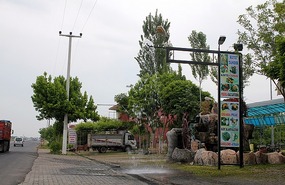
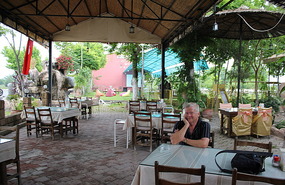
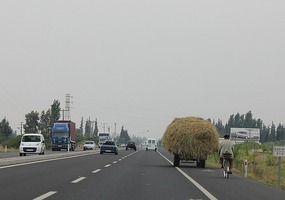
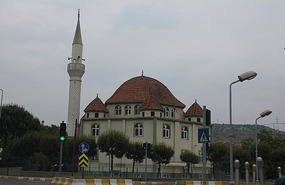
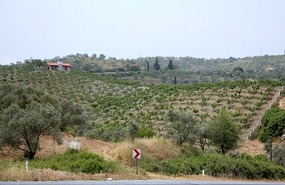
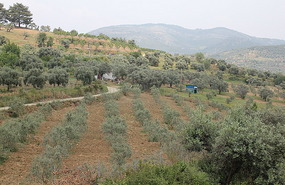
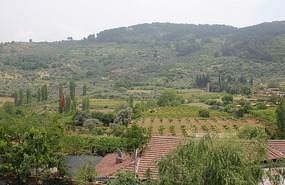
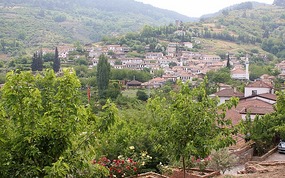
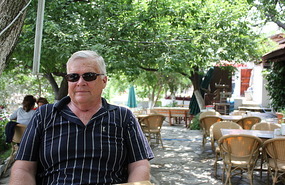
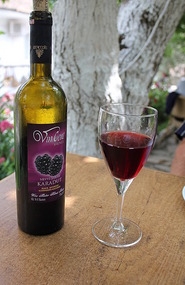
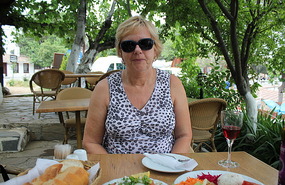
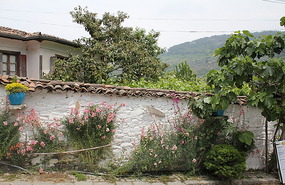

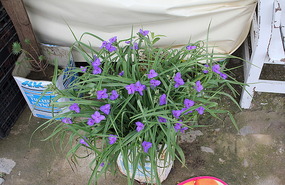
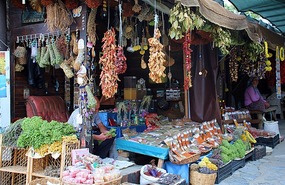
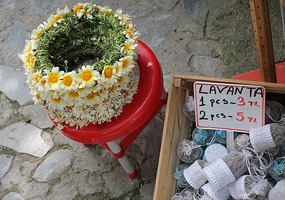
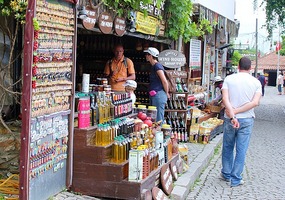
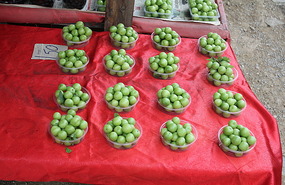
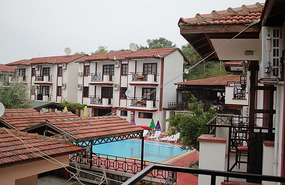
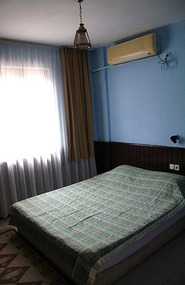
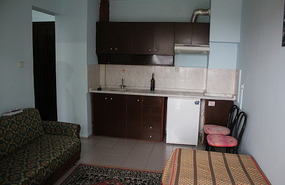
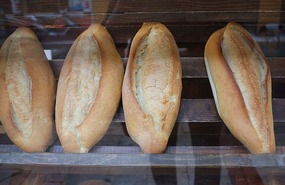
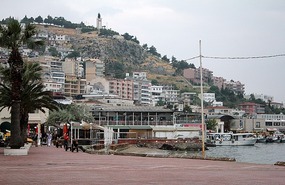
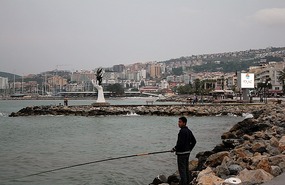
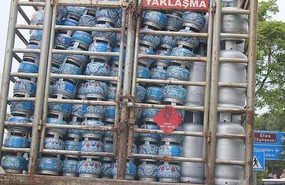

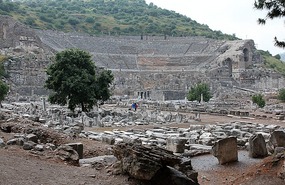
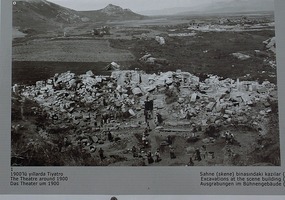
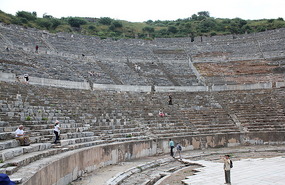
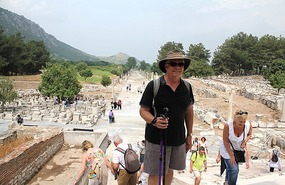
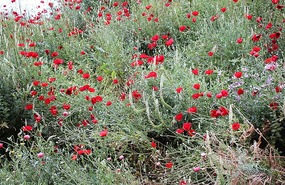
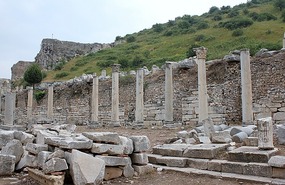

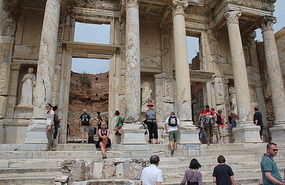
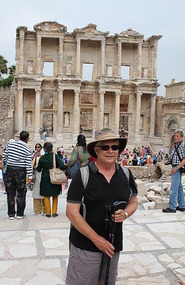
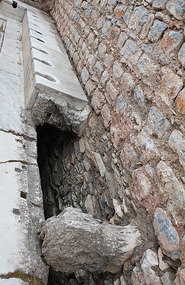

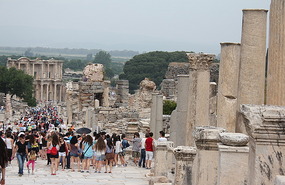
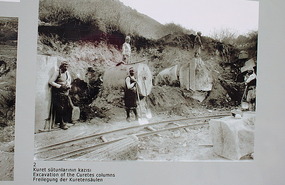
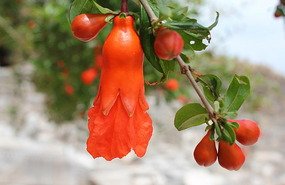
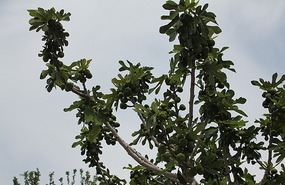
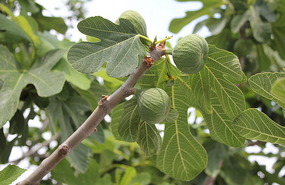
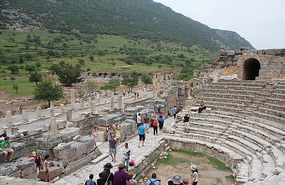
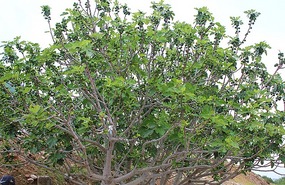
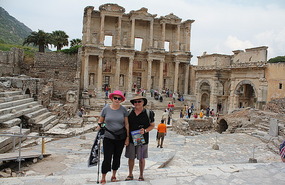
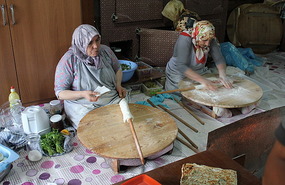
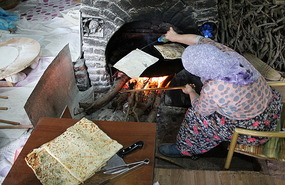
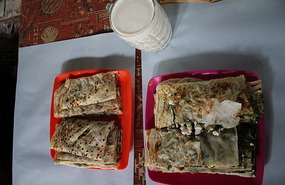
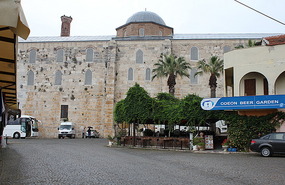
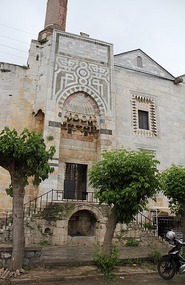
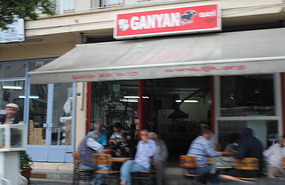


2025-05-23